All aboard: an insight into the extraordinary world of superyacht design
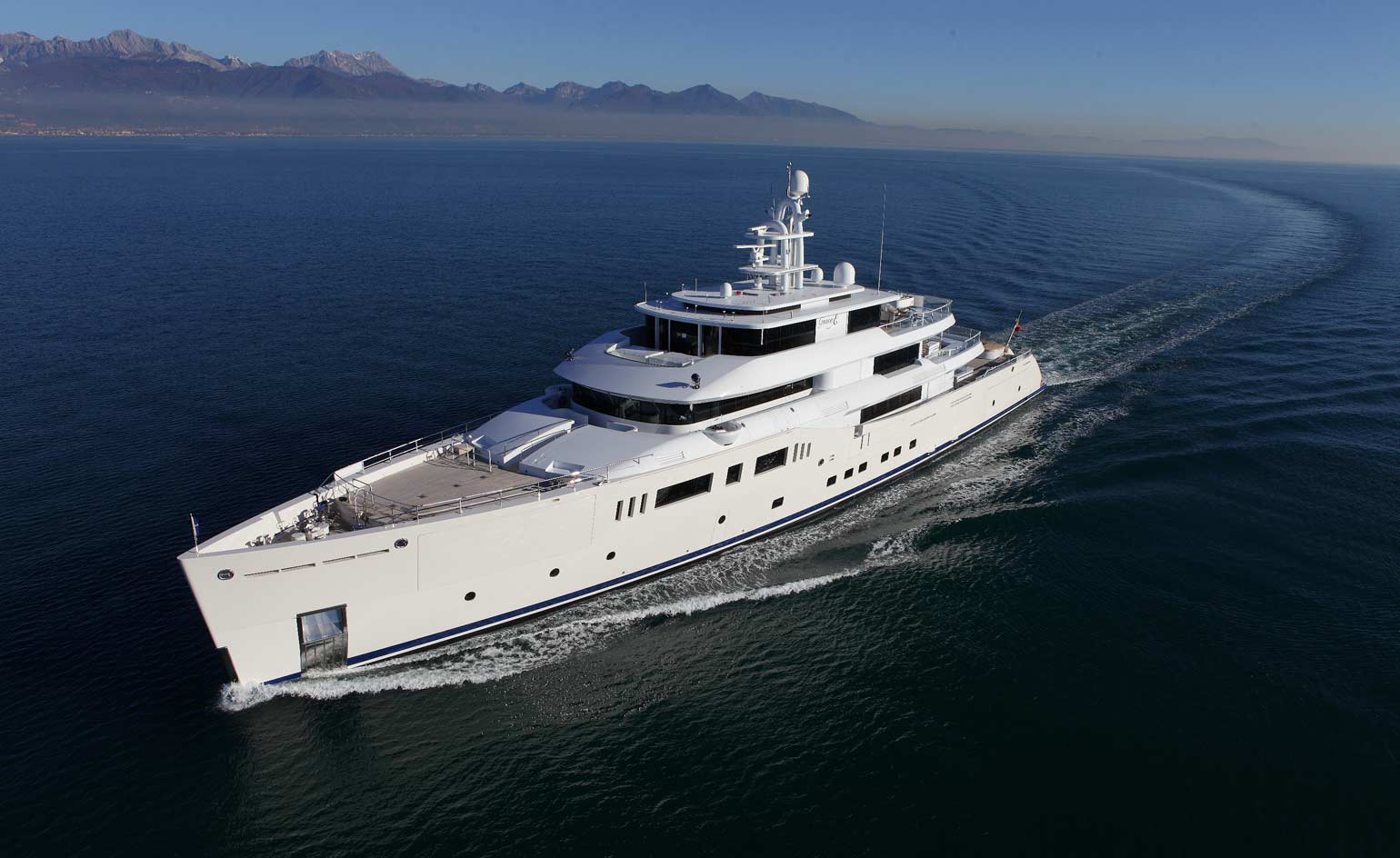
The world of superyacht design needs a good shake-up now and again. This relatively young industry sometime suffers from deep-pocketed clients not used to hearing the word 'no'. As a result, even the very best naval architects and interior designers discover their boats are shaped, steered and sculpted towards excess and ostentation thanks to the desire for biggest and best in the dockside bragging contest.
It's not all gin palace and gothic insanity. This year's Superyacht Design Symposium was sponsored by Swarovski, a sign that the industry is becoming more and more aware of the rest of the design community. Panellists included Piero Lissoni and Fredrikson Stallard, talking about what was often a very different approach to high-end design, while Swarovski commissioned American architect Greg Lynn to create a vast sail-like structure for the conference hall, as well as showing some shimmering interior finishes developed by Martin Francis, a legendary figure in the industry and former collaborator with Norman Foster and Peter Rice.
But mostly the annual get-together allows the industry to talk shop, pat backs and let their hair down in the folksy surroundings of one of Austria's finest mega-chalet resorts. Panels and workshops were convened to get a snapshot of new and future directions, while a clutch of awards - the kitschily nautical 'Neptunes' - were handed out to the best designs, inside and out, of the year at the Showboats Design Awards, the industry's Oscars.
The contemporary yacht is stuffed to bursting with new materials and new technologies, although the ends are rarely questioned. Perhaps this is just as well, as many of those lucky enough to write cheques of this size do so because they want to engage with the process and not simply turn up when everything is done. That's why a project can typically take up to five years, and billionaire-specific issues like political unrest, global market turmoil and legal shenanigans can stretch the process out to well over a decade. Nevertheless, there was something slightly masochistic about inviting Piero Lissoni to tell the assembled designers that his own clients were essentially 'victims' and that yacht designers should, in essence, try a little harder to get their own way. The laughter that followed was genuine but also slightly nervous.
The category winners trod the path between aesthetic overload and calm, contemporary modern, without ever really venturing too far into the unknown. The board was practically swept by Grace E, a handsome Picchiotti built 73m, which was considered the best looking inside and out, as well as the most environmentally friendly boat of the year. We also liked Ken Freivokh's SL Limousine, a sleek 9.6m tender, while the sailboat categories demonstrated a much-needed sense of style and grace, both in terms of naval architecture (the 46m Elfje, built by Royal Huisman and designed by Hoek Design), exterior design (Javier Jaudenes' beautiful Winwin, built by Baltic Yachts, which also rated highly with its chic, simple interior by Design Unlimited). The 40m and above category was owned by the classically styled Wisp, a traditional blue-hulled vessel (also by Hoek Design) with a richly crafted interior from Rhoades Young Design.
Perhaps it was the emphasis on packaging and space that set the sailboats apart. By way of illustration, an elderly Luca Brenta received a lifetime achievement award for a career that included a long-standing collaboration with Wally Yachts that took the aesthetic of the elegant sailboat to a whole new level. The shadow of the most world's high-profile superyacht client also fell across proceedings. Steve Jobs' Eve, a complex multi-layered collaboration still swathed in embargoes and gagging clauses, is perhaps the most radical boat design of the past few decades, yet very little is known about it outside the industry. We saw a tantalising glimpse of the interiors, and Jobs' go-to glass engineer, James O'Callaghan of Eckersley O'Callaghan, hinted at the great lengths the late Apple overlord would go to change the long-standing paradigms that shape the vast majority of superyachts. No doubt there are other clients of a similar calibre out there, building monuments to themselves under an impenetrable veil of secrecy. For now, the world of superyachts will always seem a little off kilter to the rest of the design industry, a place of intrigue, ostentation and, just occasionally, extraordinary things.
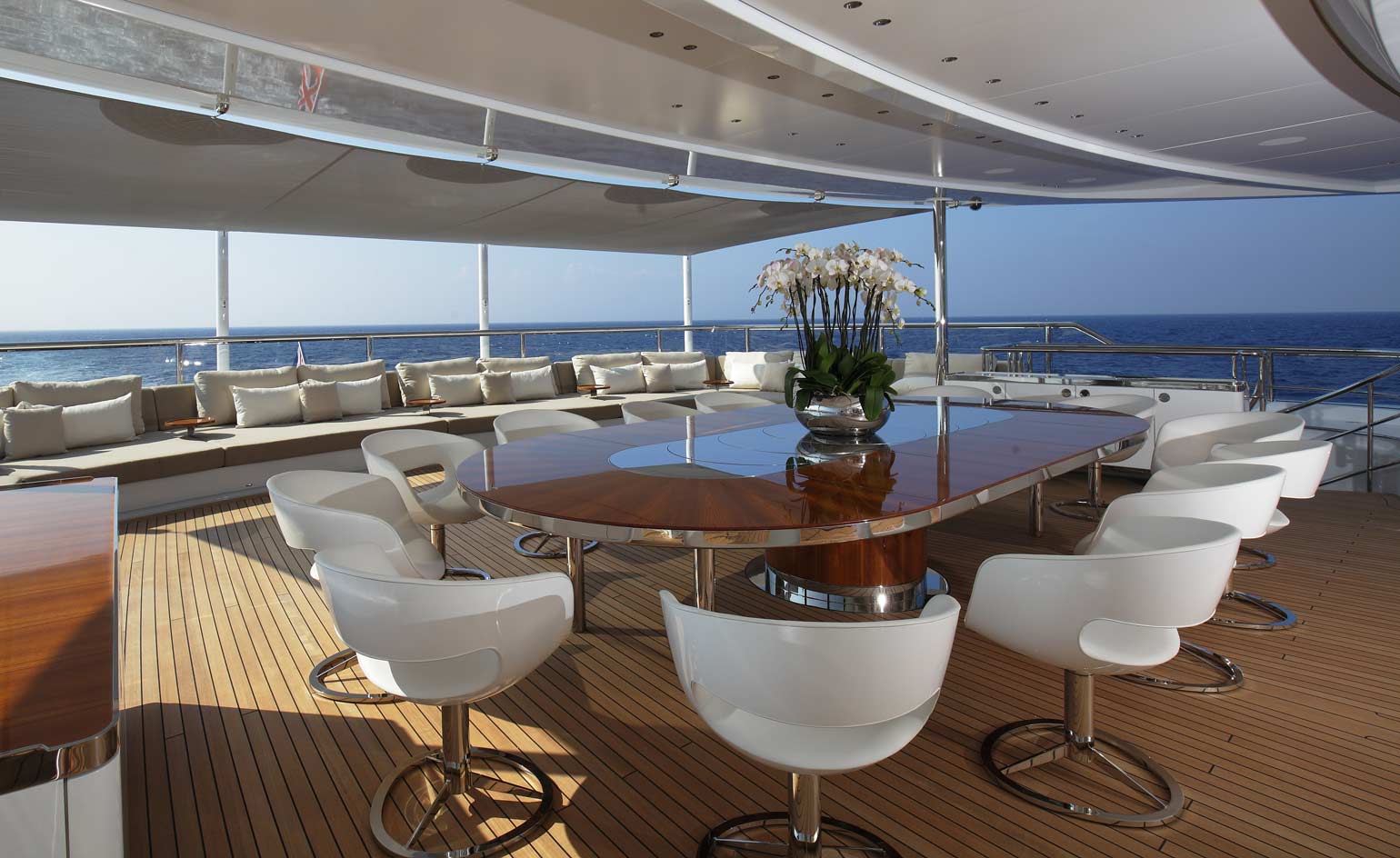
Onboard Grace E, contemporary design - superyacht style
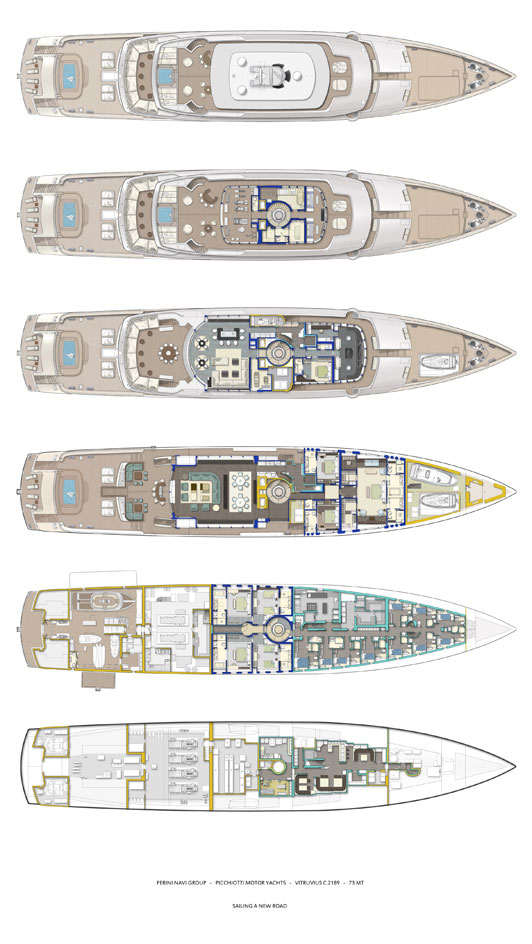
Six decks of separation: Grace E demonstrates the complexity of the contemporary motor yacht
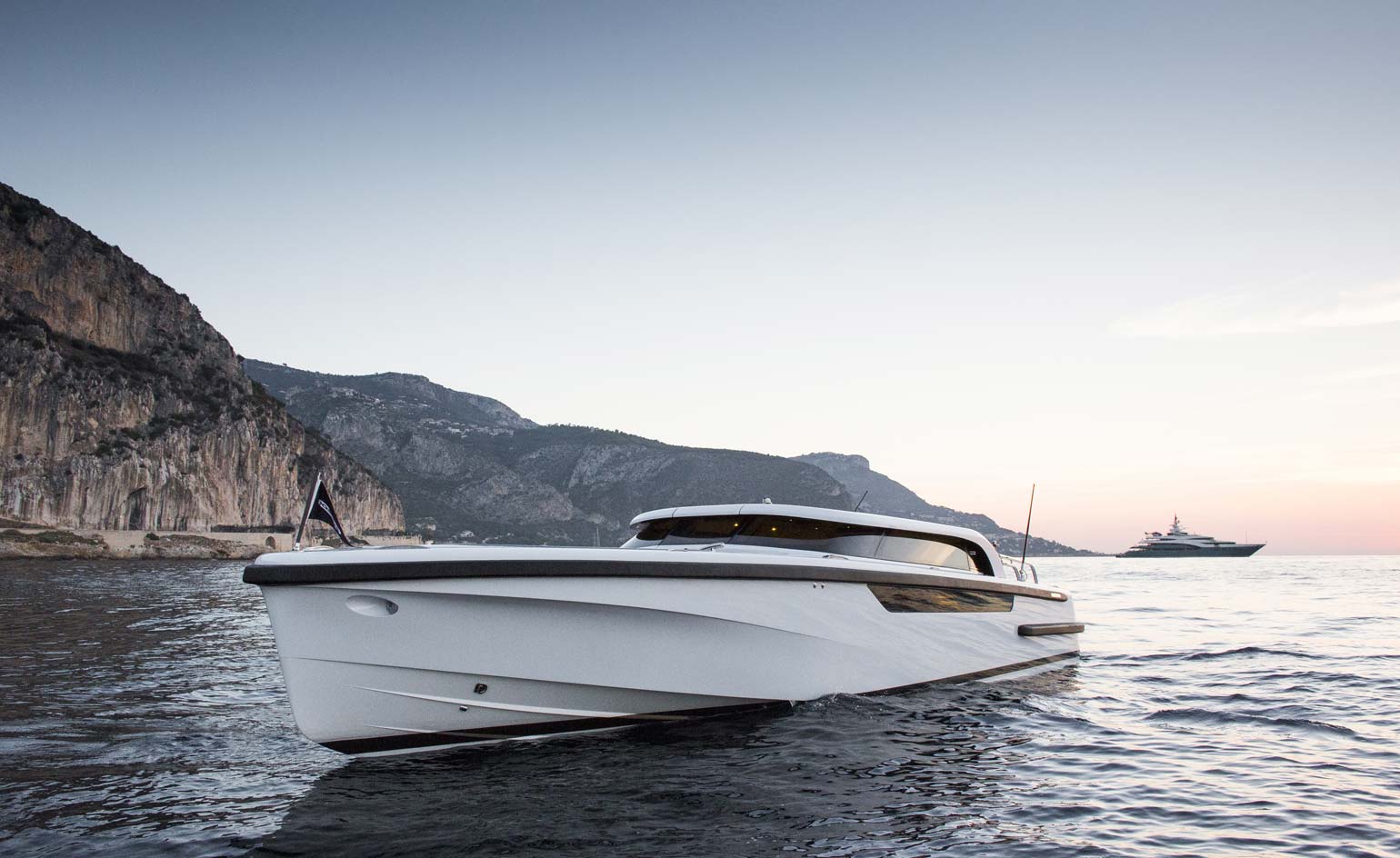
The SL Limousine, designed by Ken Freivokh. A tender for the sporting owner

Onboard Wisp, a mix of craft and tradition, expertly handled by Rhoades Young Design

Wisp at sea, a classically styled 48m sailing boat by Hoek Design

Greg Lynn's monumental installation, Carbon Crystal Sails, towered over proceedings
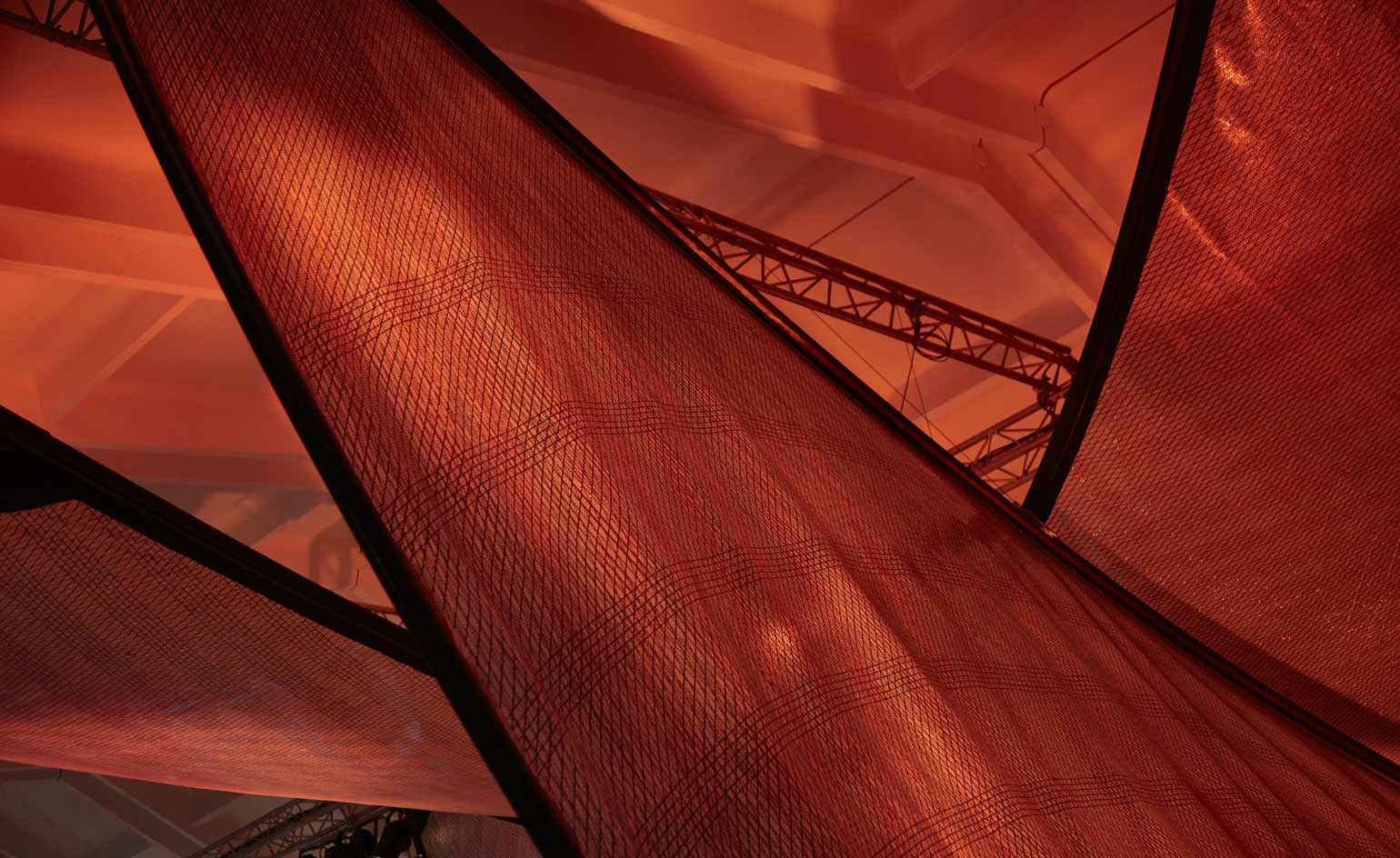
Originally created in 2009 for Design Miami, the sails are embedded with thousands of tiny crystals
Receive our daily digest of inspiration, escapism and design stories from around the world direct to your inbox.
Jonathan Bell has written for Wallpaper* magazine since 1999, covering everything from architecture and transport design to books, tech and graphic design. He is now the magazine’s Transport and Technology Editor. Jonathan has written and edited 15 books, including Concept Car Design, 21st Century House, and The New Modern House. He is also the host of Wallpaper’s first podcast.
-
 Valie Export in Milan: 'Nowadays we see the body in all its diversity'
Valie Export in Milan: 'Nowadays we see the body in all its diversity'Feminist conceptual artists Valie Export and Ketty La Rocca are in dialogue at Thaddaeus Ropac Milan. Here, Export tells us what the body means to her now
-
 Martell’s high-tech new cognac bottle design takes cues from Swiss watch-making and high-end electronics
Martell’s high-tech new cognac bottle design takes cues from Swiss watch-making and high-end electronicsUnconventional inspirations for a heritage cognac, perhaps, but Martell is looking to the future with its sharp-edged, feather-light, crystal-clear new design
-
 In 2025, fashion retail had a renaissance. Here’s our favourite store designs of the year
In 2025, fashion retail had a renaissance. Here’s our favourite store designs of the year2025 was the year that fashion stores ceased to be just about fashion. Through a series of meticulously designed – and innovative – boutiques, brands invited customers to immerse themselves in their aesthetic worlds. Here are some of the best
-
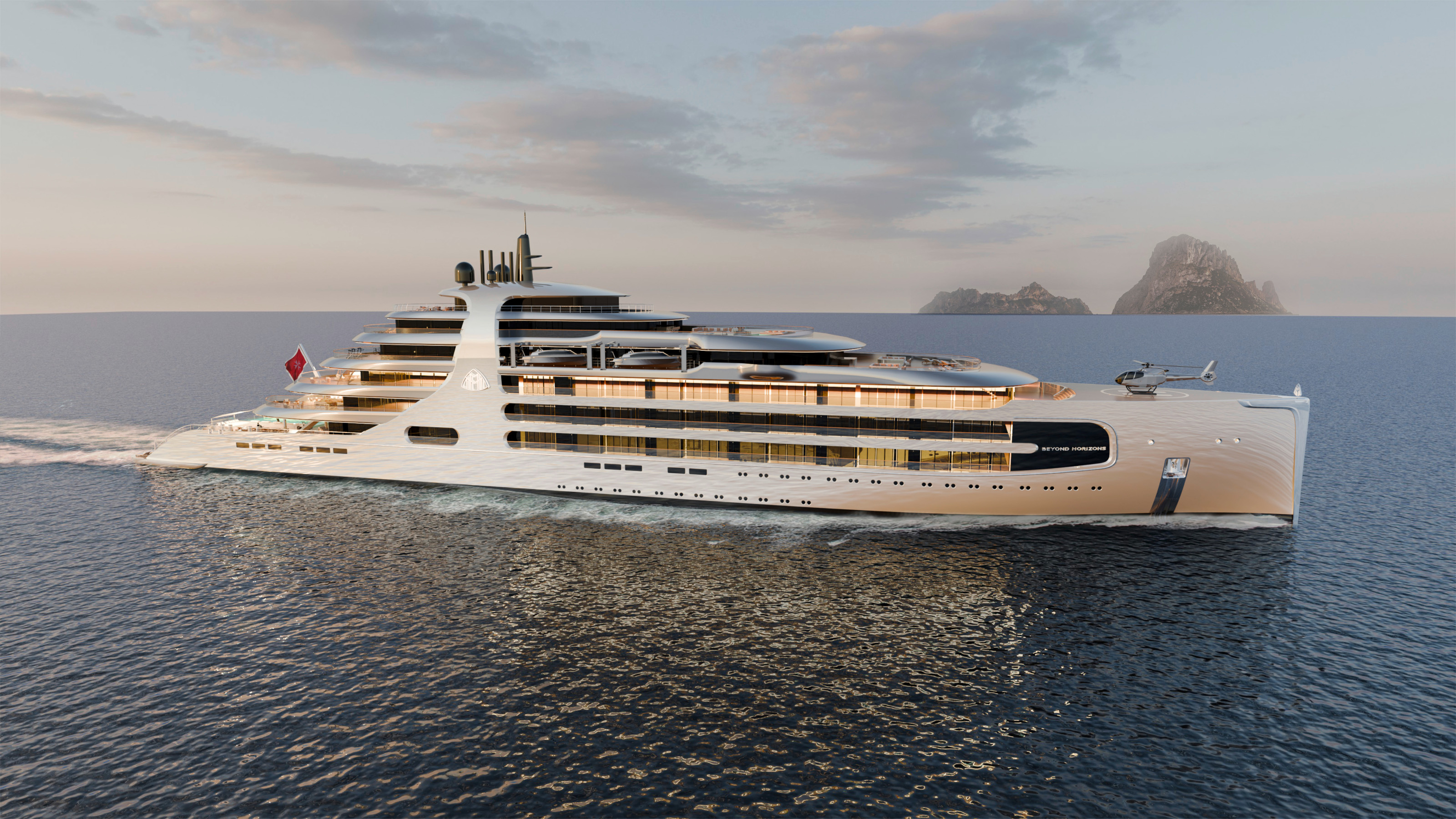 The Maybach Ocean Club is a floating members’ club for the super-rich
The Maybach Ocean Club is a floating members’ club for the super-richMercedes-Benz Design has announced the upcoming Maybach Ocean Club, a ship-based enclave inspired by automotive luxury
-
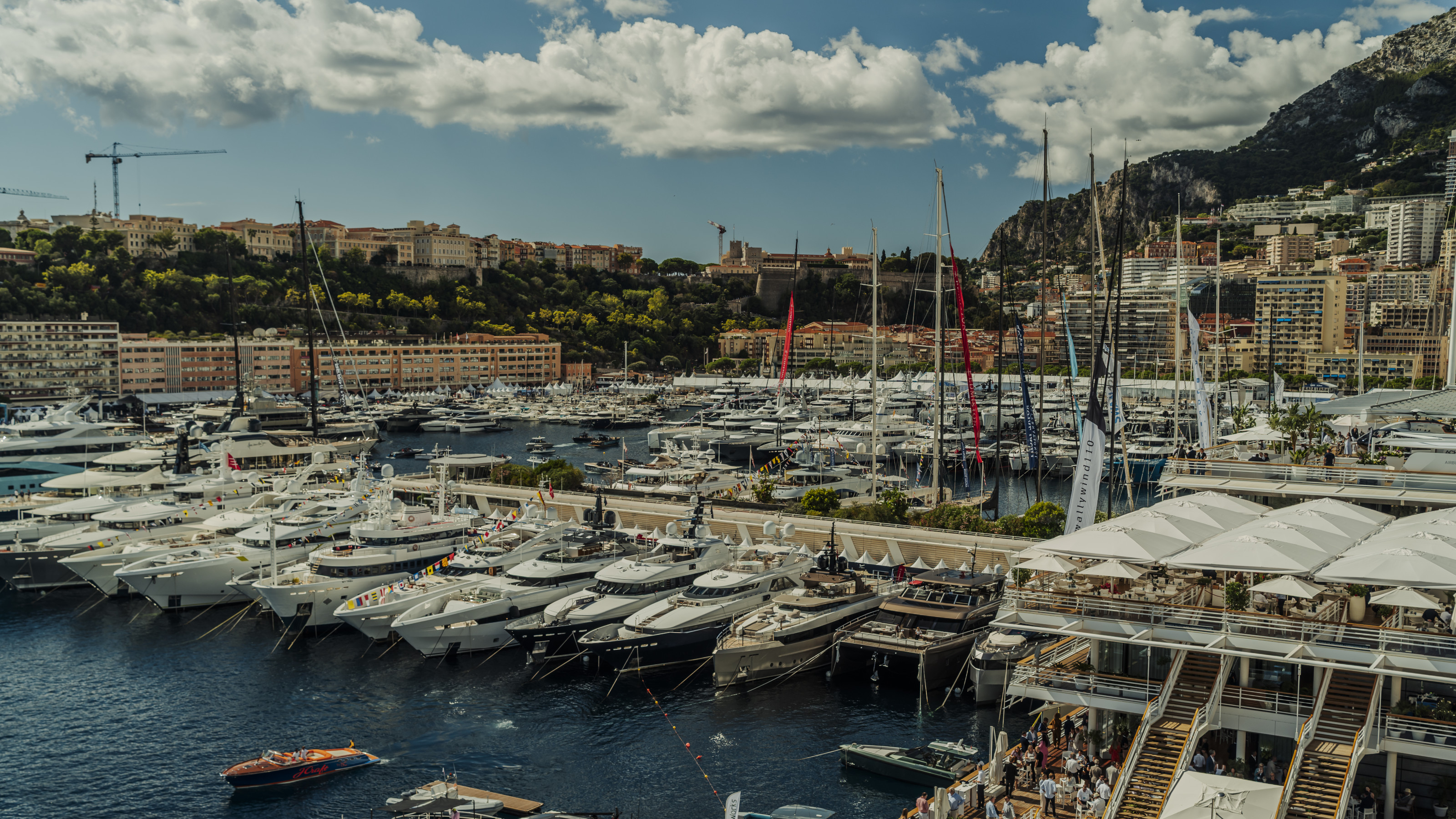 In Monaco, the world’s most famous yacht show up close
In Monaco, the world’s most famous yacht show up closeThe Monaco Yacht Show is one of the most famous annual celebrations of wealth and ostentation. What’s new in the world of floating ultra-luxury?
-
 Salone Nautico is Genoa’s answer to Monaco, a scaled down yacht show with a local focus
Salone Nautico is Genoa’s answer to Monaco, a scaled down yacht show with a local focusAhead of the nautical extravaganza that is the Monaco Yacht Show, a smaller, more focused event takes place in Genoa. It’s not all superyachts and conceptual experiments – we visited Salone Nautico to survey the scene
-
 Outlier I concept yacht by Foster + Partners is unlike anything else at sea
Outlier I concept yacht by Foster + Partners is unlike anything else at seaLateral Naval Architecture’s radical internal restructuring gives Foster + Partners’ concept the scale and grandeur of a gigayacht, with an interior volume like no other
-
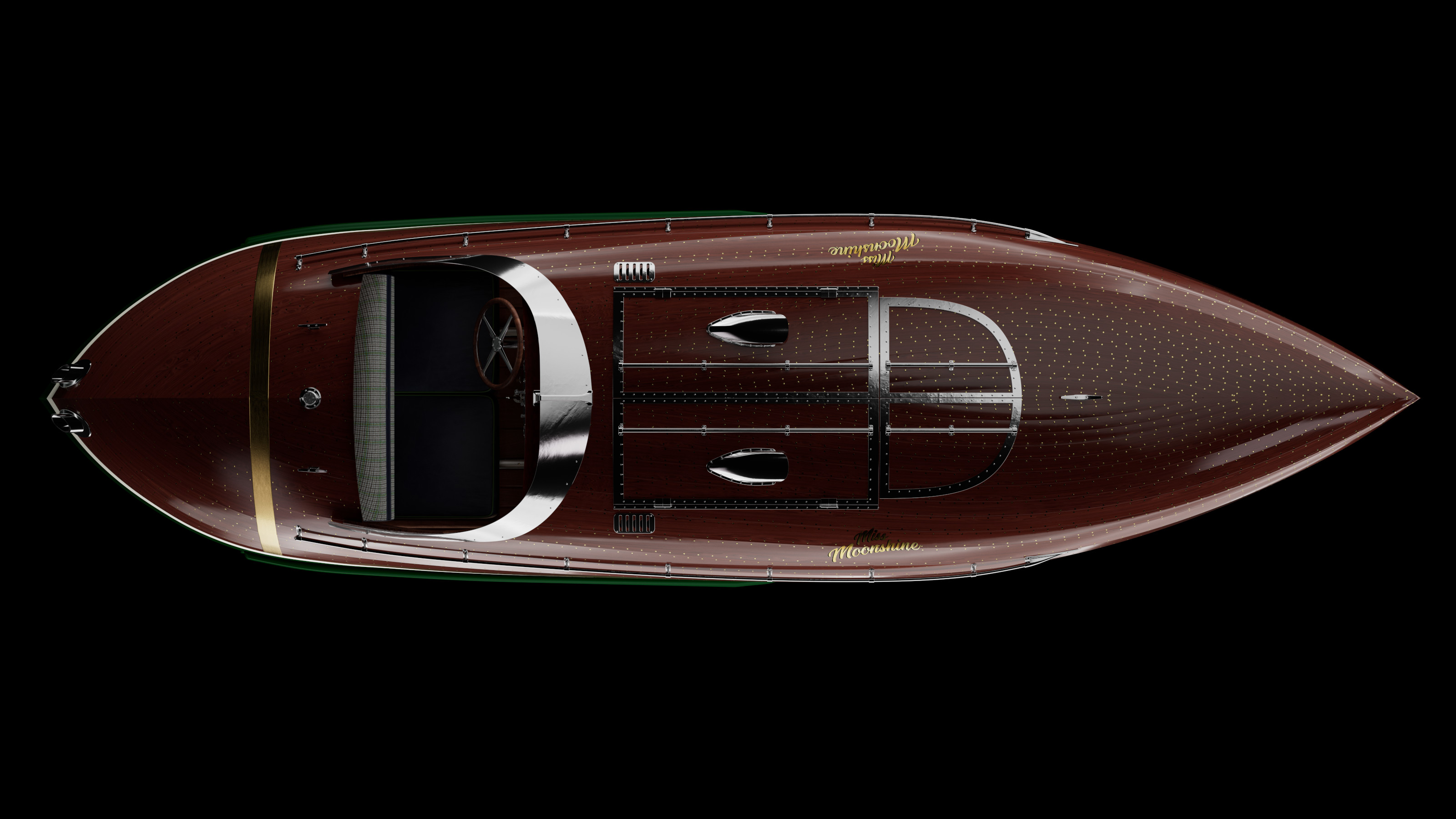 Boatbuilding meets Savile Row in this new collaboration between Huntsman x Fitzke
Boatbuilding meets Savile Row in this new collaboration between Huntsman x FitzkeMiss Moonshine is a speedboat that blends tweed, mahogany, and raw power with a heritage steeped in racing and smuggling
-
 Sanlorenzo presents three unique models at the British Motor Yacht Show
Sanlorenzo presents three unique models at the British Motor Yacht ShowThe Italian builder brings its largest-ever line up to the show, including an asymmetric yacht and a sporty entry-level vessel
-
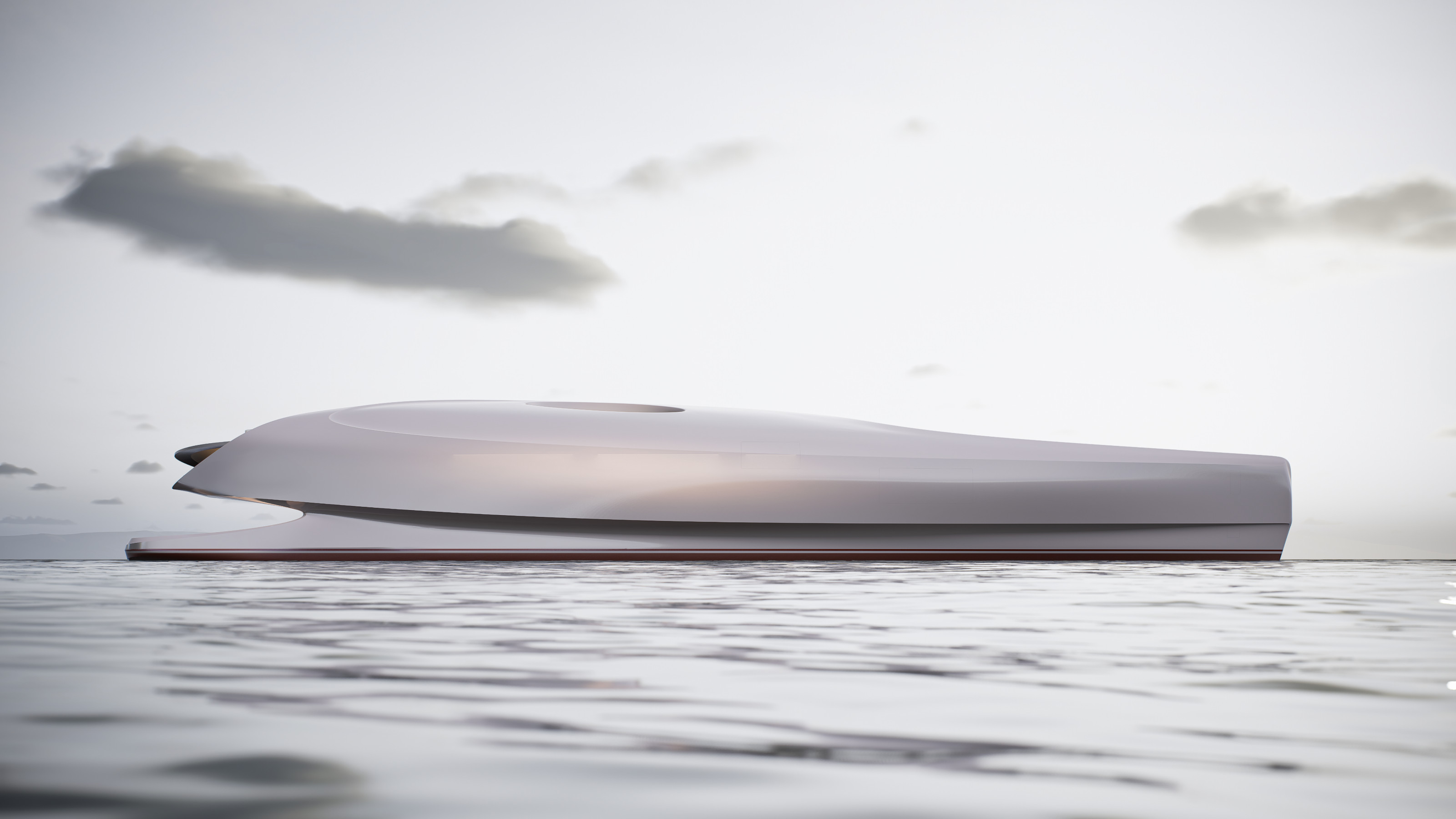 A new concept superyacht unfurls, courtesy of Vripack and Oceanco
A new concept superyacht unfurls, courtesy of Vripack and OceancoExplore Project Lily, a concept superyacht for a new generation of moneyed enthusiasts looking to push the envelope of nautical design
-
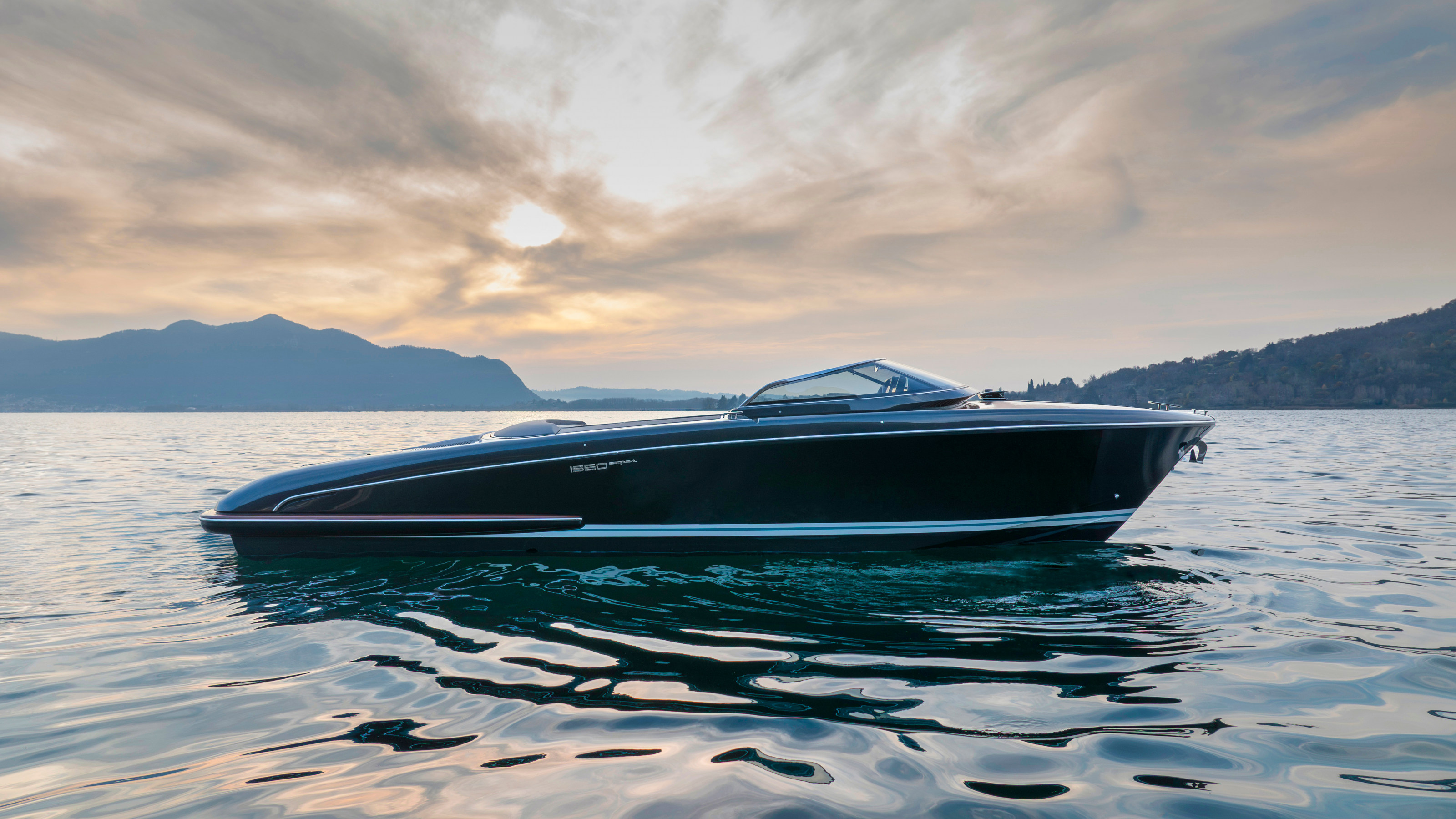 The new Riva Iseo Super continues the Italian manufacturer’s mastery of motorboat design
The new Riva Iseo Super continues the Italian manufacturer’s mastery of motorboat designA sleek 27-foot runabout, the Riva Iseo Super showcases the factors that make Riva synonymous with waterborne elegance and style